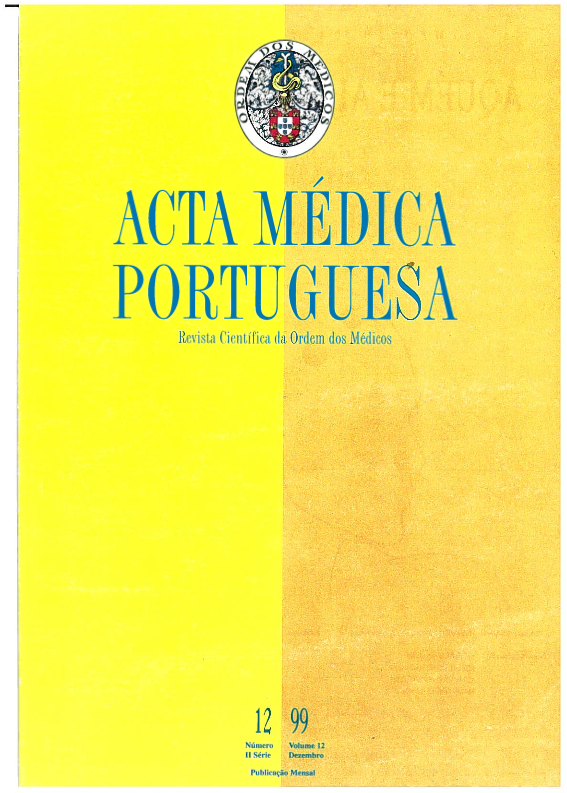Human immunodeficiency virus type 2 infection.
DOI:
https://doi.org/10.20344/amp.2164Abstract
The isolation of a second retrovirus, HIV-2, led to fears that a second AIDS pandemic, similar in scope and magnitude to that caused by HIV-1, might ensue. However, the peculiar biologic properties of HIV-2, namely the lower transmissibility of this virus through both sexual and vertical routes, contributed to a more regionalized distribution of the virus, which became endemic in West Africa. HIV-2 is genetically more closely related to SIV than to HIV-1. When it comes to clinical disease, the spectrum of opportunistic infections and tumors (except for Kaposi sarcoma) are similar to that observed with HIV-1. Controlled longitudinal studies suggest that the rate of progression to advanced HIV related disease and mortality are far lower for HIV-2 than for HIV-1. Understanding how, immunologically and virologically, HIV-2 behaves differently from HIV-1 may provide some insight into the mechanisms governing HIV-1 pathogenesis.Downloads
Downloads
How to Cite
Issue
Section
License
All the articles published in the AMP are open access and comply with the requirements of funding agencies or academic institutions. The AMP is governed by the terms of the Creative Commons ‘Attribution – Non-Commercial Use - (CC-BY-NC)’ license, regarding the use by third parties.
It is the author’s responsibility to obtain approval for the reproduction of figures, tables, etc. from other publications.
Upon acceptance of an article for publication, the authors will be asked to complete the ICMJE “Copyright Liability and Copyright Sharing Statement “(http://www.actamedicaportuguesa.com/info/AMP-NormasPublicacao.pdf) and the “Declaration of Potential Conflicts of Interest” (http:// www.icmje.org/conflicts-of-interest). An e-mail will be sent to the corresponding author to acknowledge receipt of the manuscript.
After publication, the authors are authorised to make their articles available in repositories of their institutions of origin, as long as they always mention where they were published and according to the Creative Commons license.









